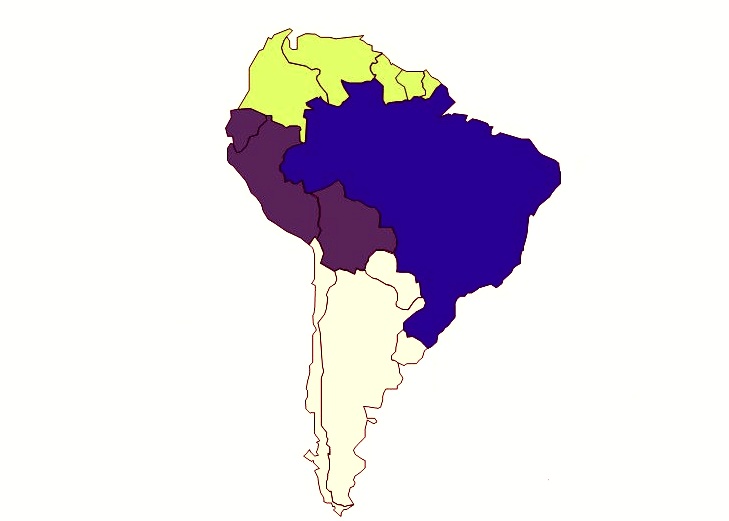
Continental Subdivisions
232 countries categorized into 30 regions.
Africa

A region known for lush rainforests, traditional foods like cassava and plantains, vibrant music and natural wonders like the Congo River.
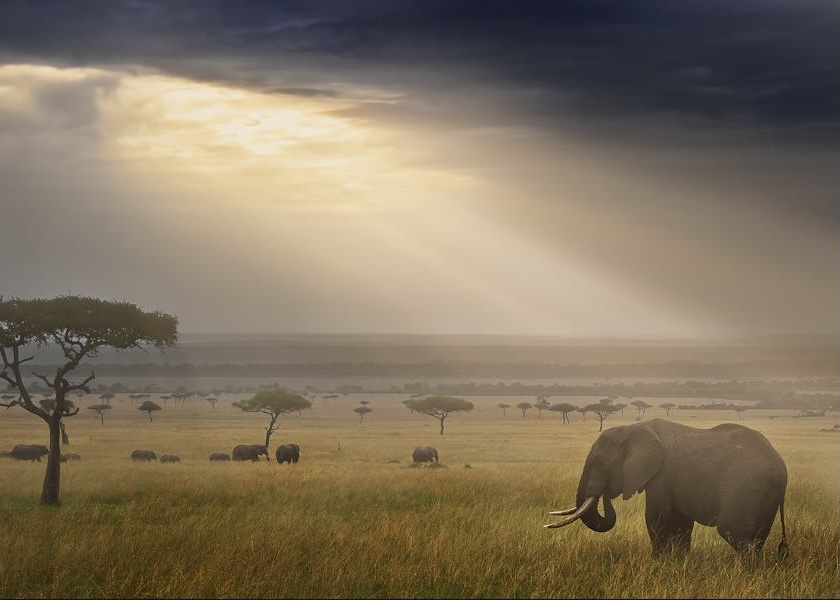
East Africa
A region known for Mount Kilimanjaro, foods like injera and nyama choma, Swahili culture and the Serengeti ecosystem.
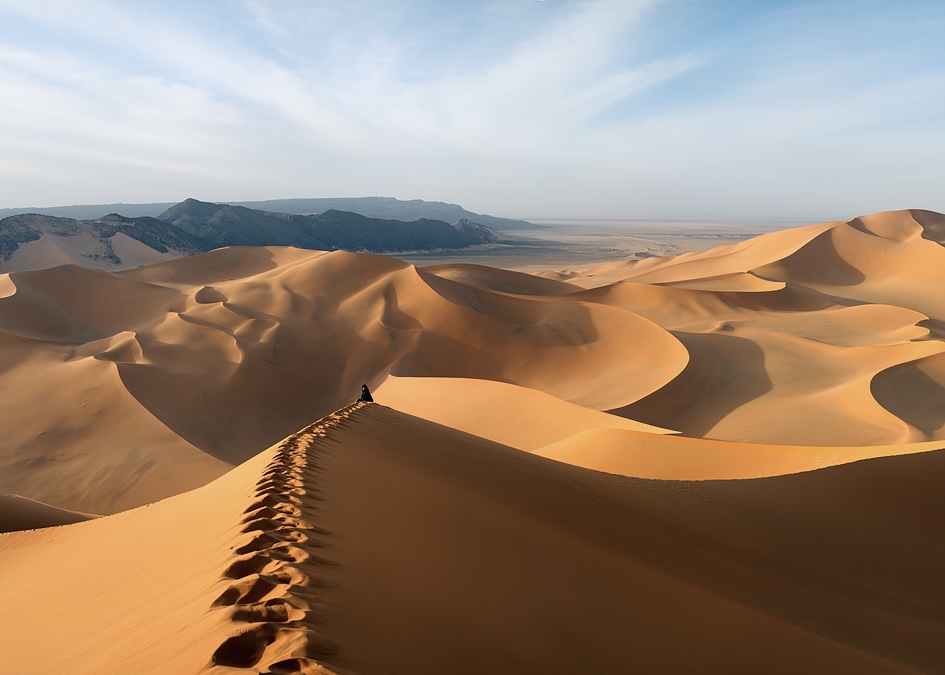
North Africa
A region known for the Sahara Desert, iconic dishes like couscous and tagine, Islamic culture and landmarks like the Pyramids of Giza.
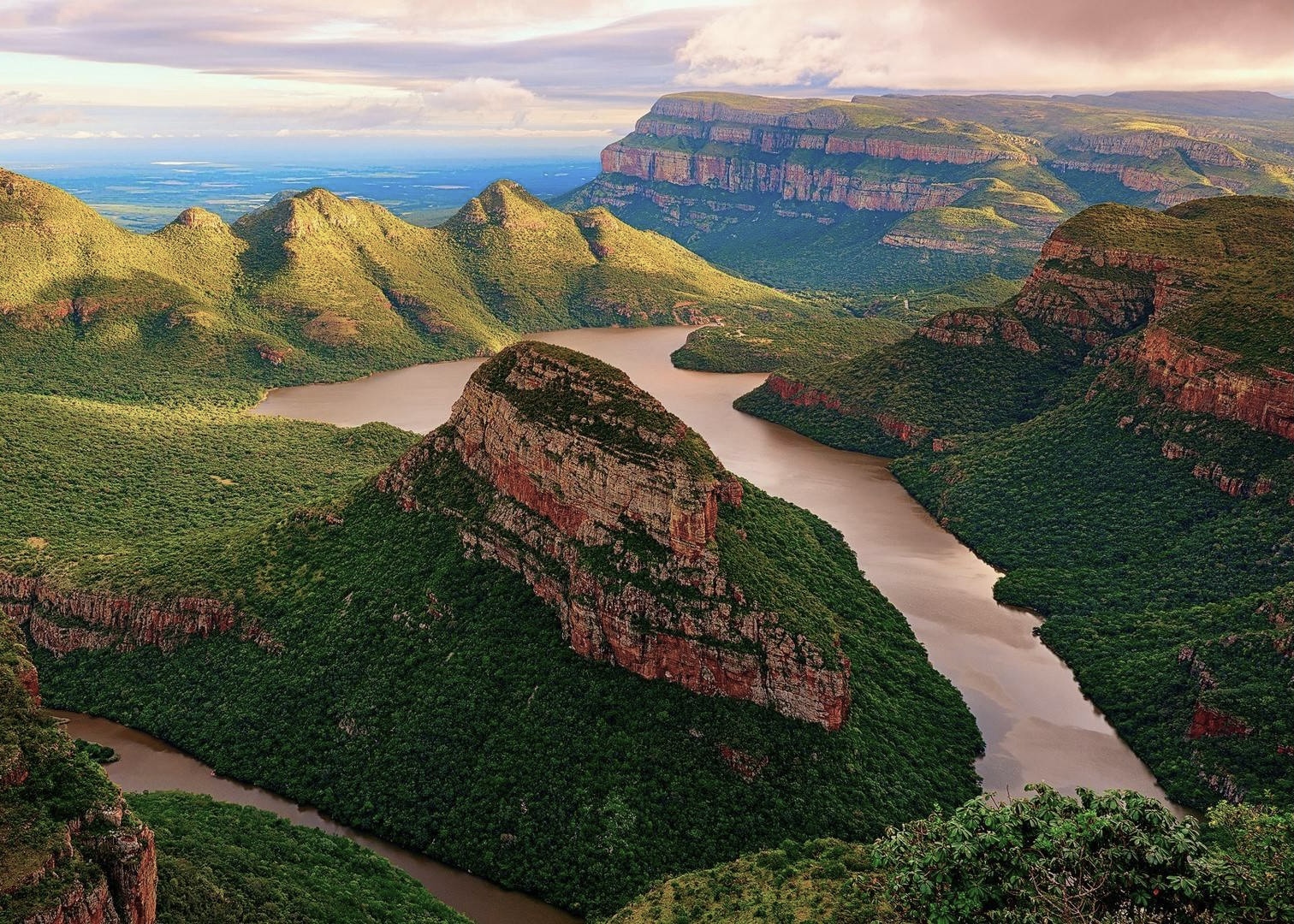
Southern Africa
A region known for Victoria Falls, foods like braai and pap, Zulu and Xhosa culture and natural wonders like Table Mountain.
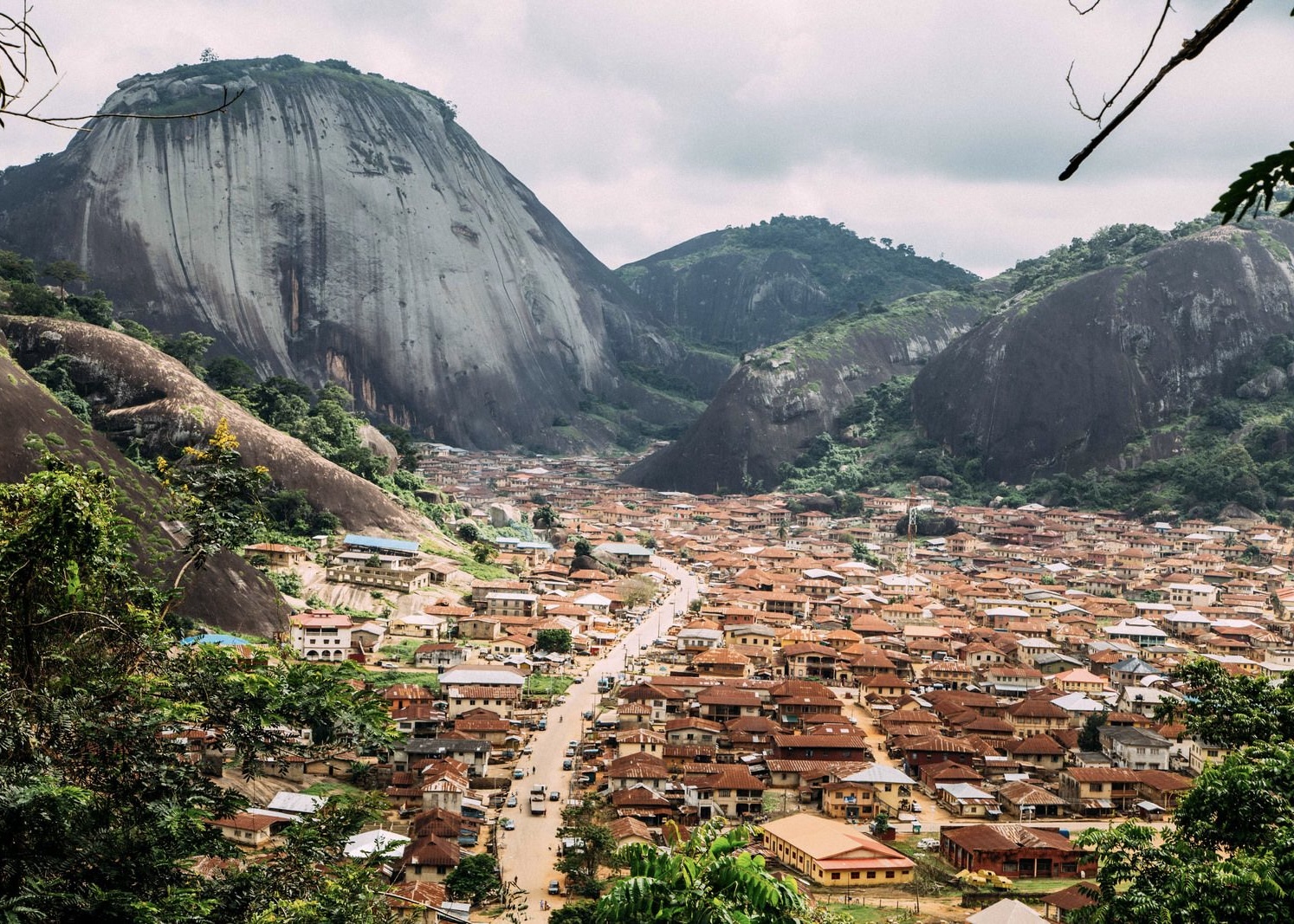
West Africa
A region known for sites like Timbuktu, foods like jollof rice and fufu, vibrant music, Islamic and Christian culture and natural resources.
Asia
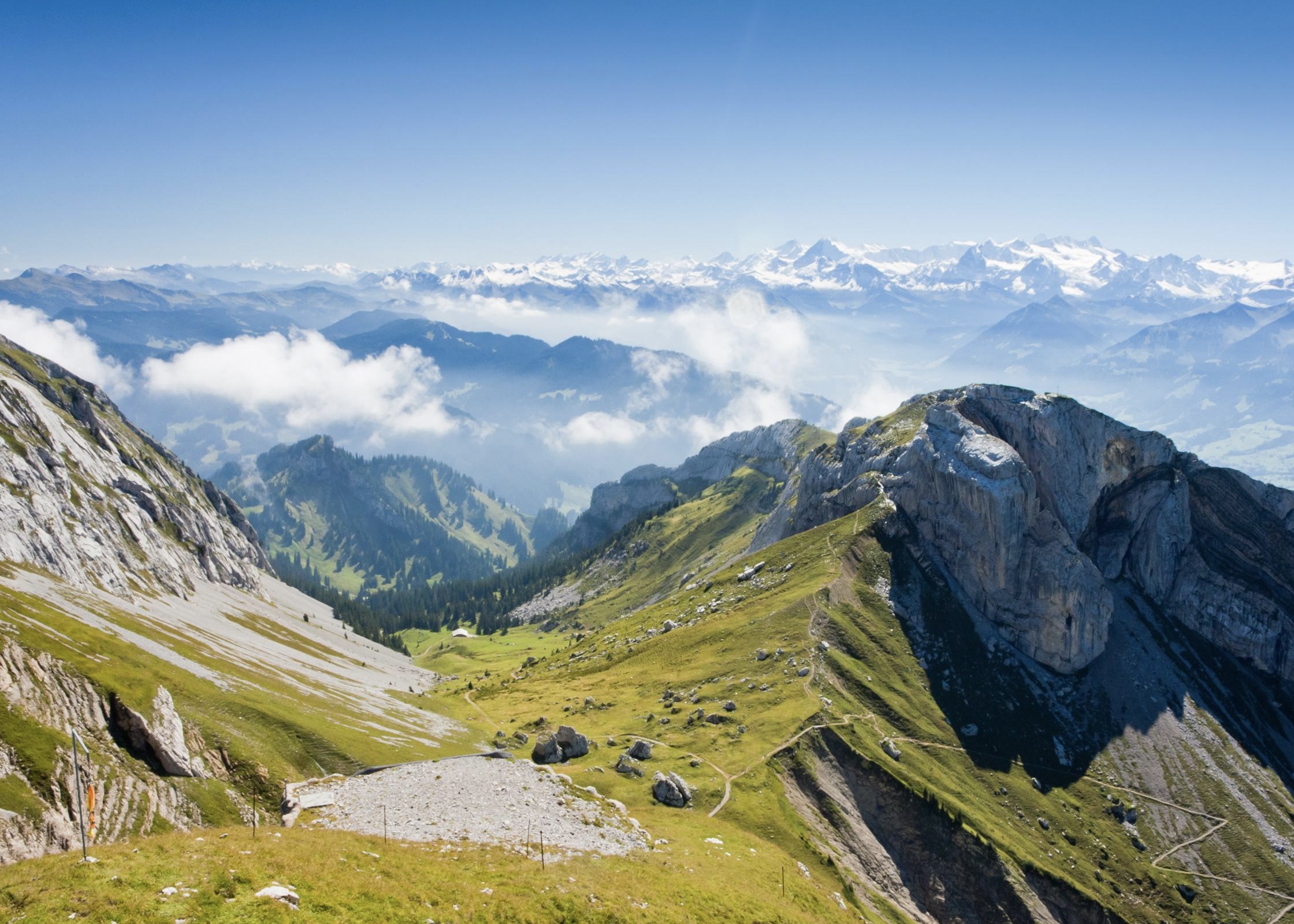
The Caucasus
A region known for mountains, traditional dishes like khachapuri and dolma, a mix of Christianity and Islam and the Caspian Sea.
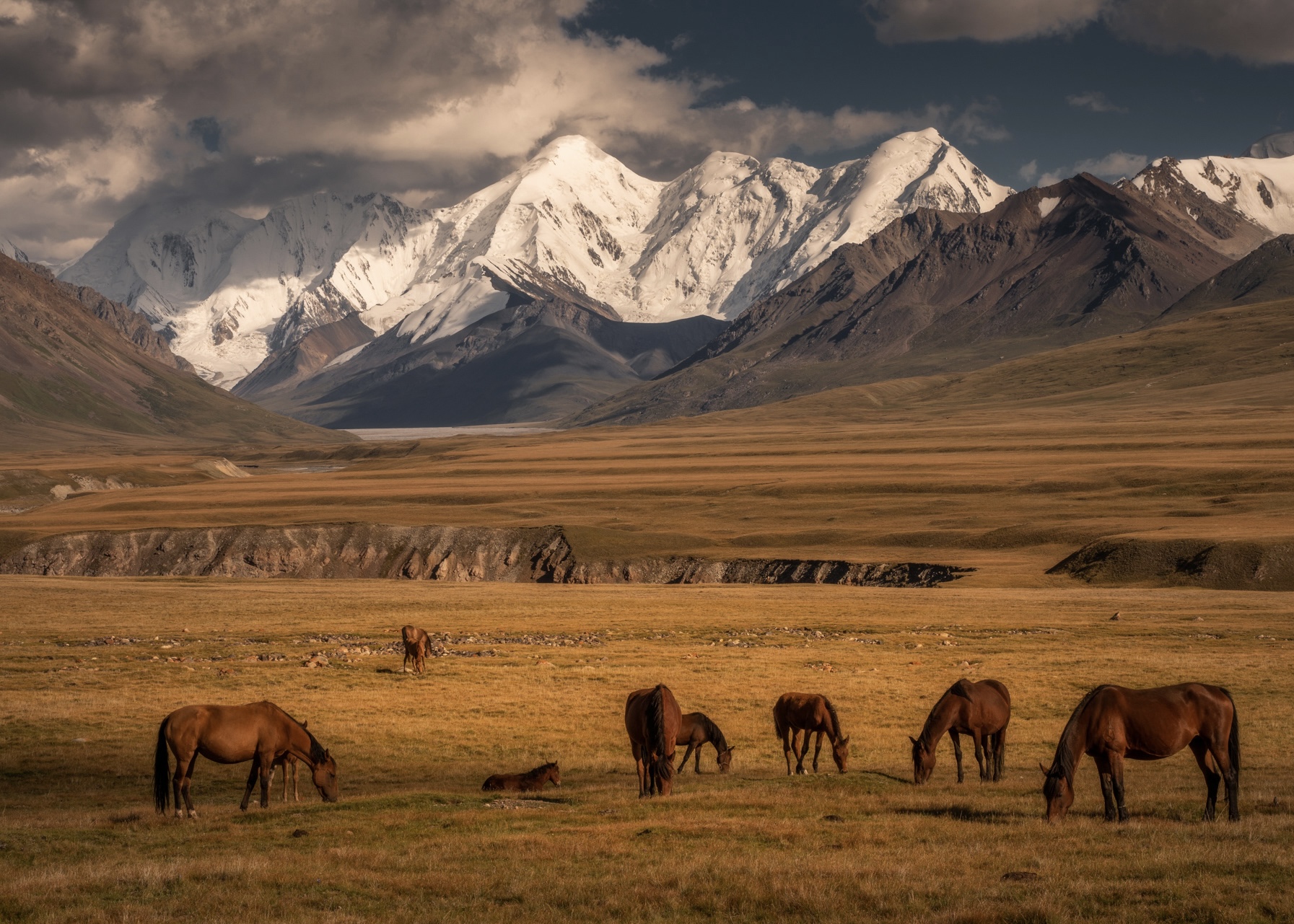
Central Asia
A region known for the Silk Road cities, cuisine featuring plov and laghman, nomadic traditions, predominant Islam and landmarks like Samarkand.
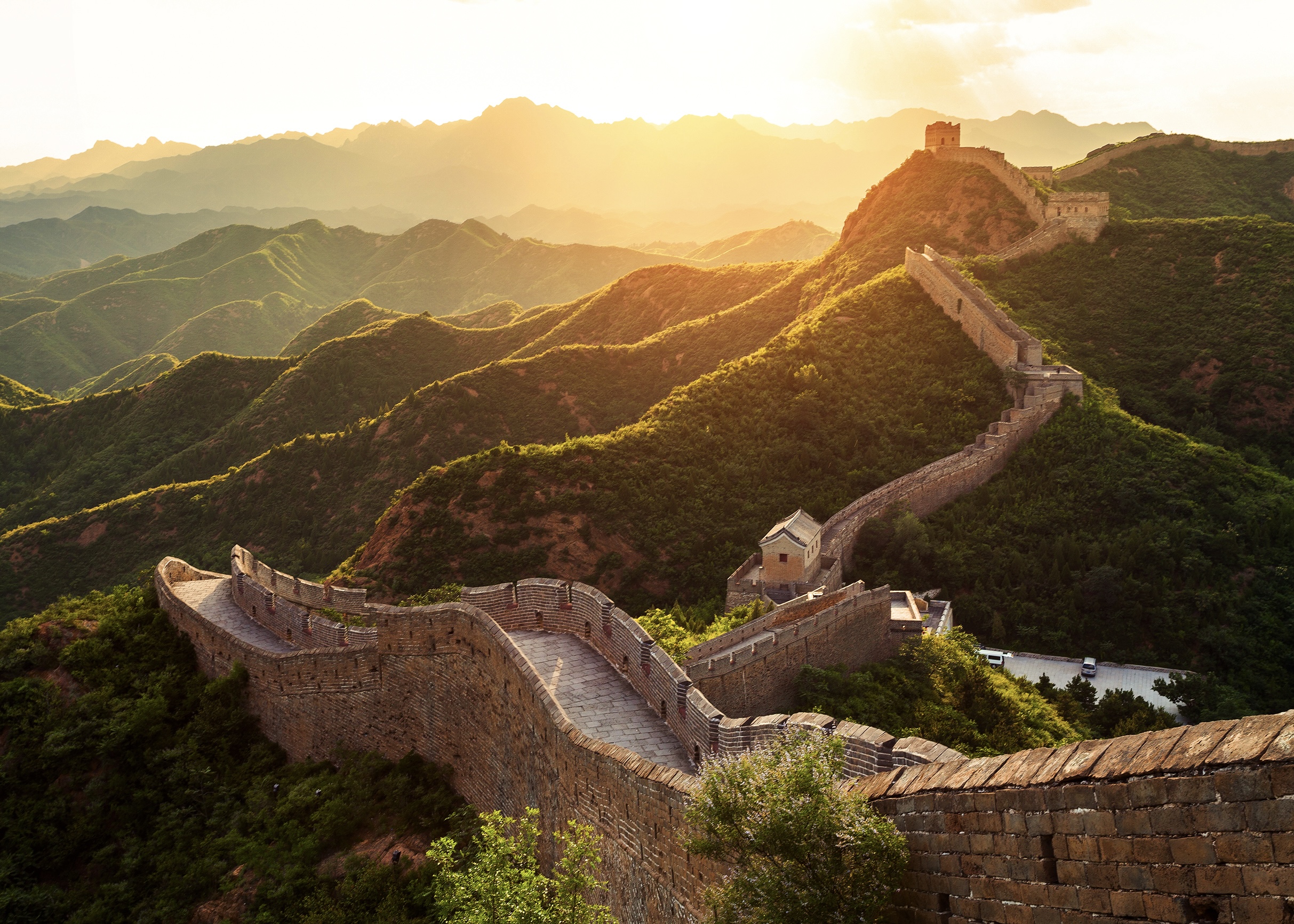
East Asia
A region known for landmarks like the Great Wall of China, foods like sushi and dim sum, Buddhism, Confucianism, Taoism and technological innovation.
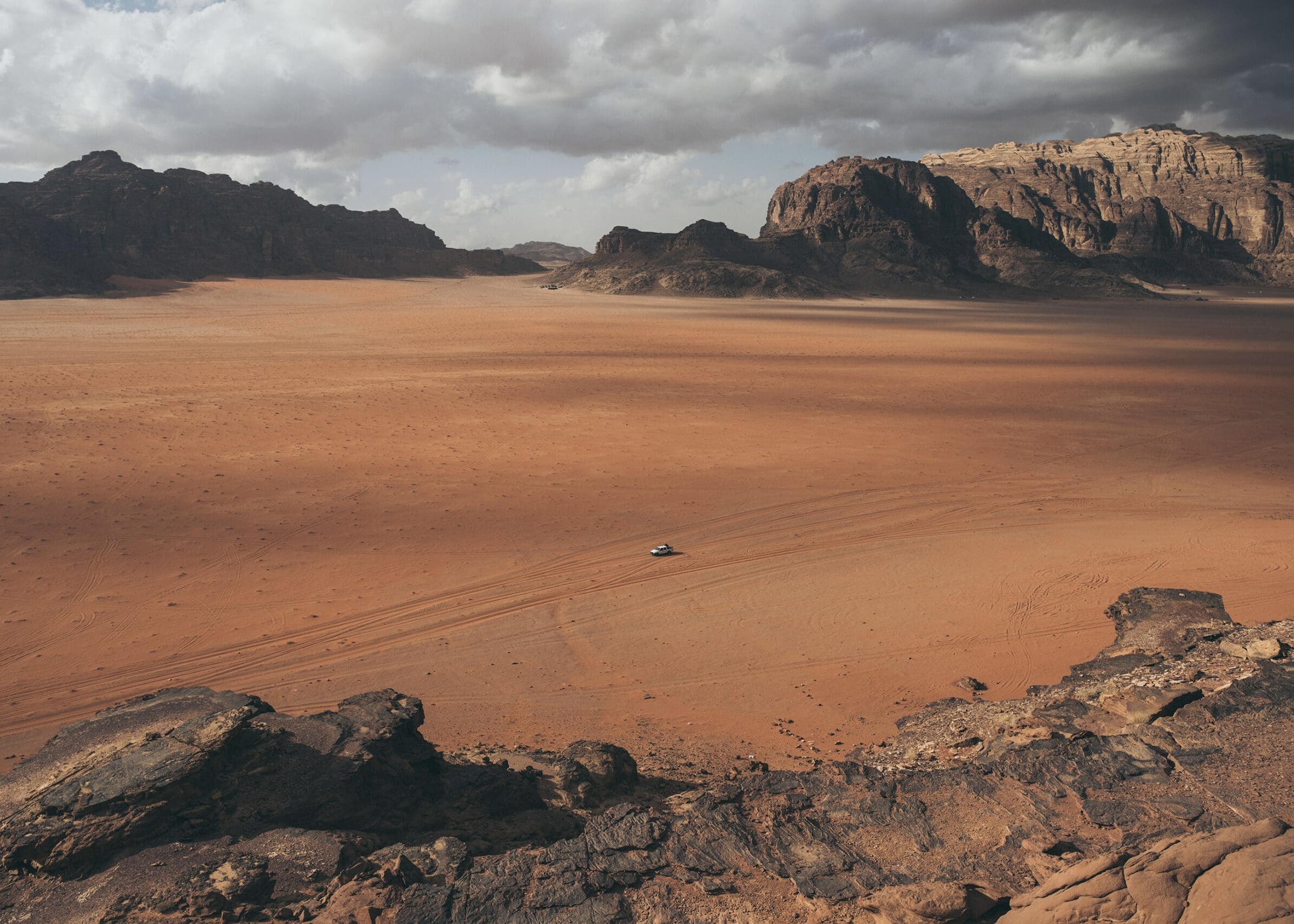
The Middle East
A region characterized by the Arabian desert, cuisine featuring hummus and falafel, Islam and Judaism and economies based on energy, finance, defense and tourism.
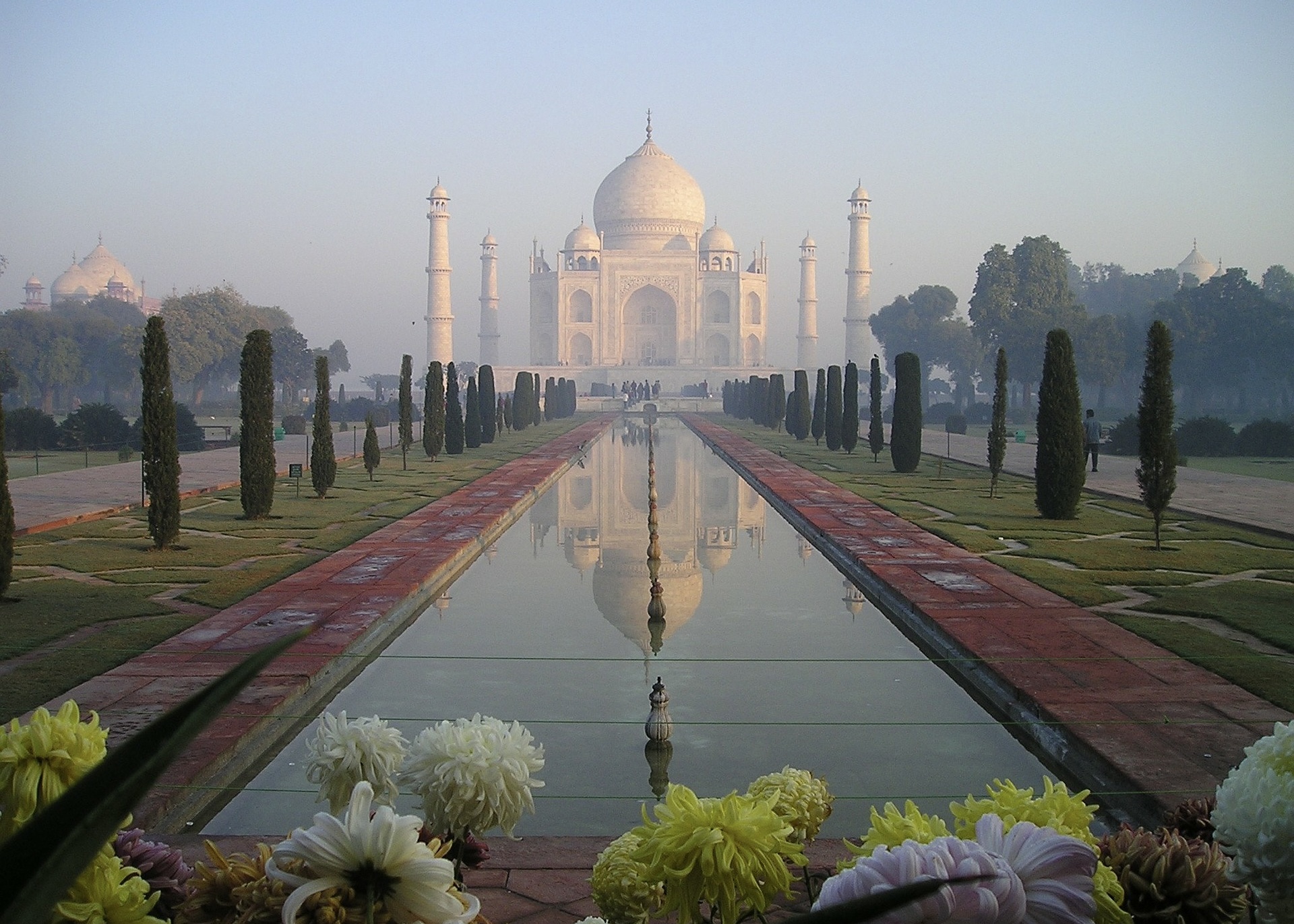
South Asia
A region known for landmarks like the Taj Mahal, foods like curry and biryani, yoga, Hinduism, Islam, Buddhism and the Himalayas.
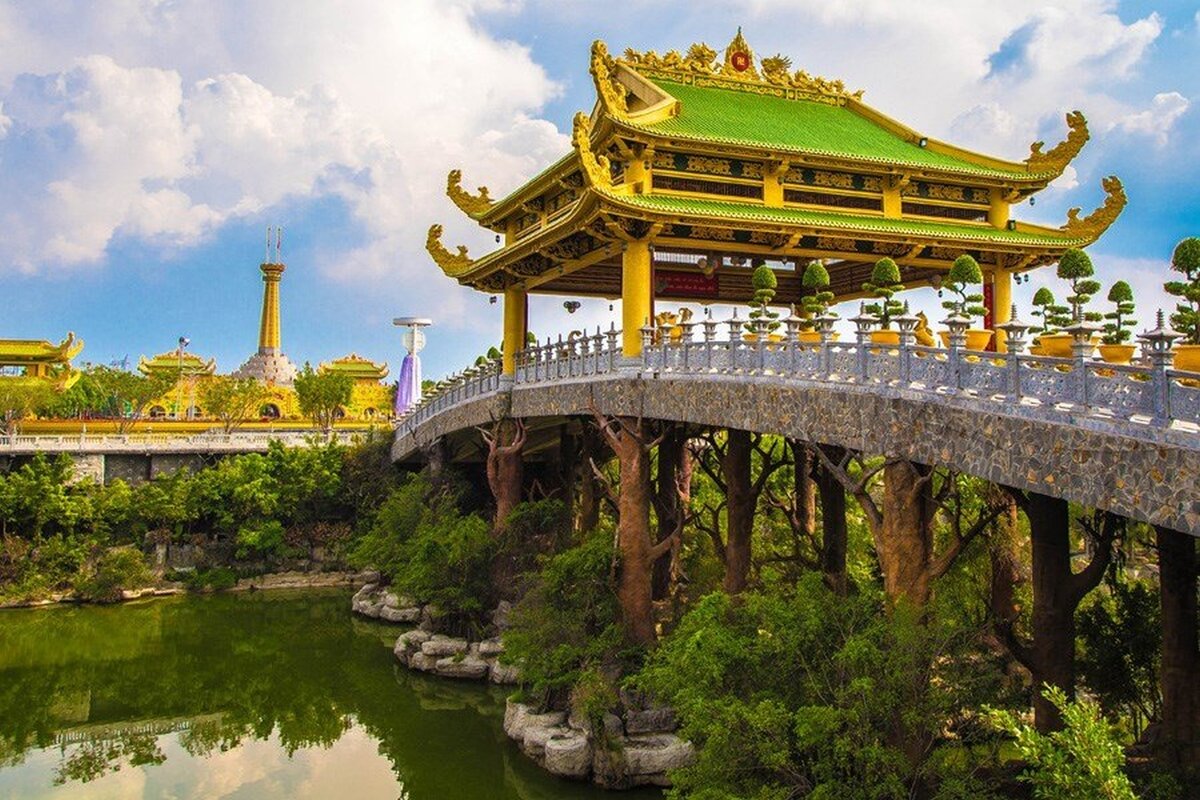
Southeast Asia
A region known for landmarks like Angkor Wat and Halong Bay, cuisine featuring noodles and curries, Buddhism, Islam and Hinduism.
Europe
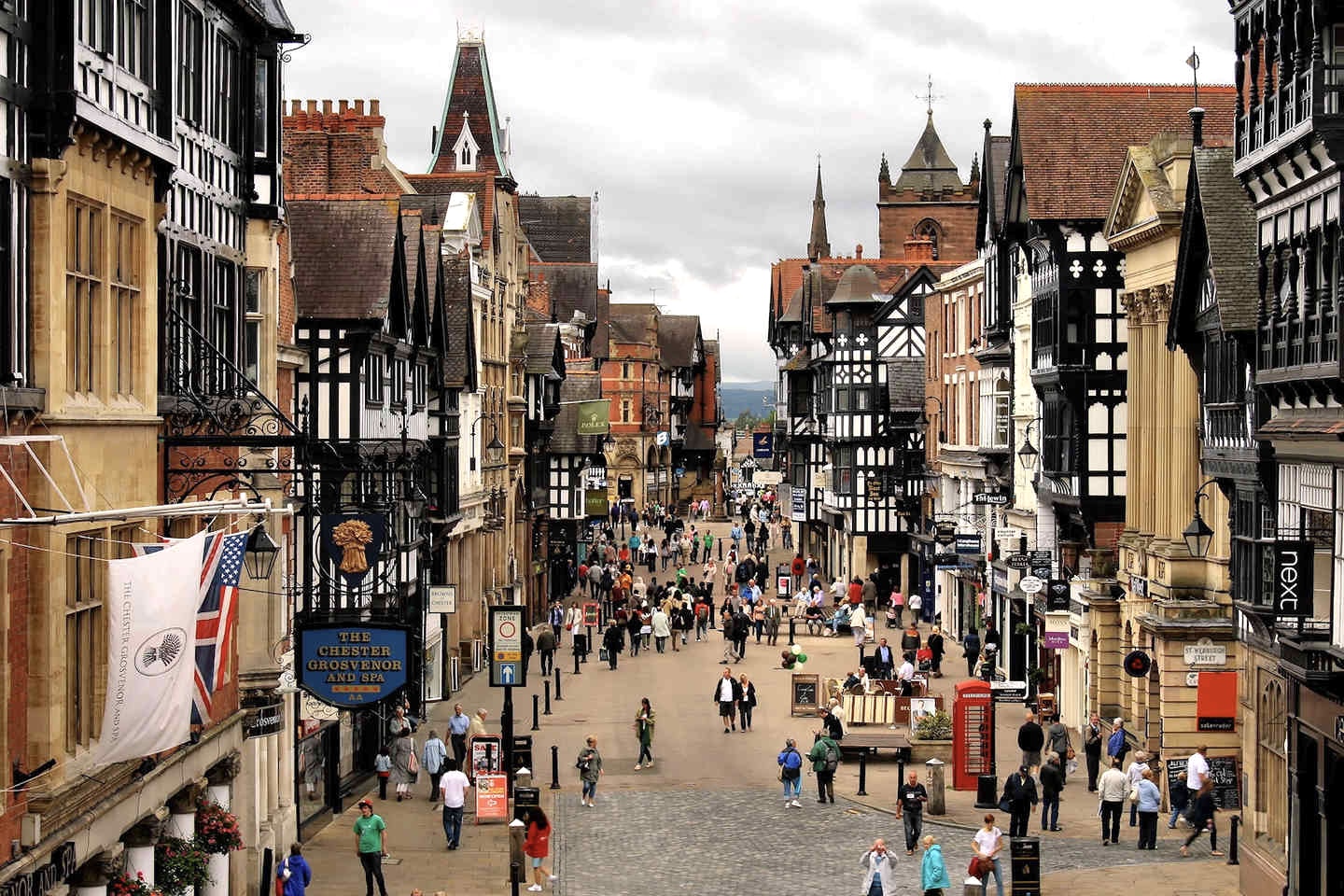
Northwestern Europe
A region with diverse landscapes from coastal plains to the Icelandic mountains, cuisine rich in seafood and dairy, countless landmarks and a great history of contributions to pop culture, music, literature and science.
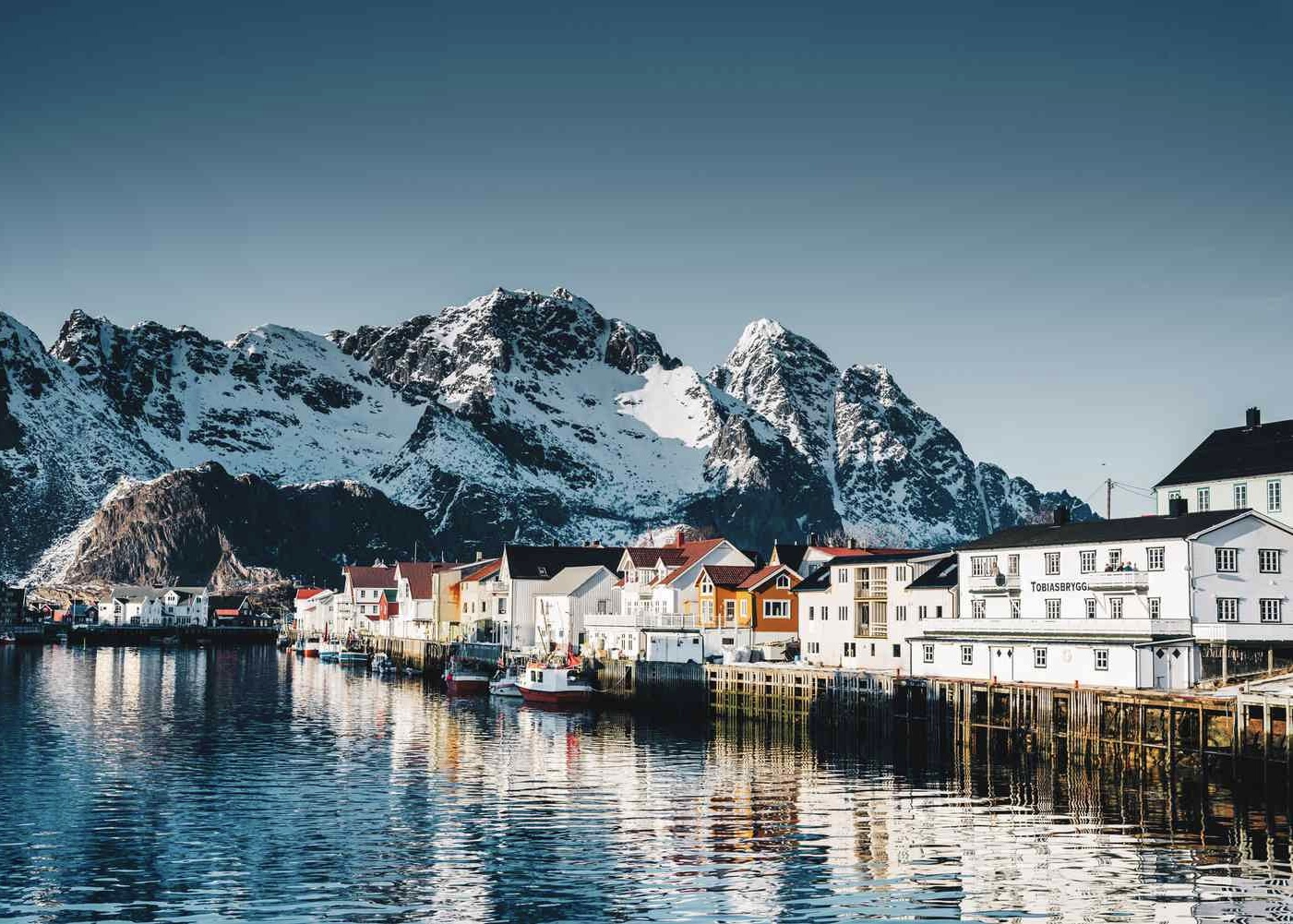
Northcentral Europe
A region known for its fjords and mountains, Viking history, engineering prowess, minimalistic design and progressive culture.

Northeastern Europe
A region known for its Baltic Sea coastlines, Teutonic history, sauna culture, landmarks like the Old Town of Tallinn and Riga's Art Nouveau architecture.
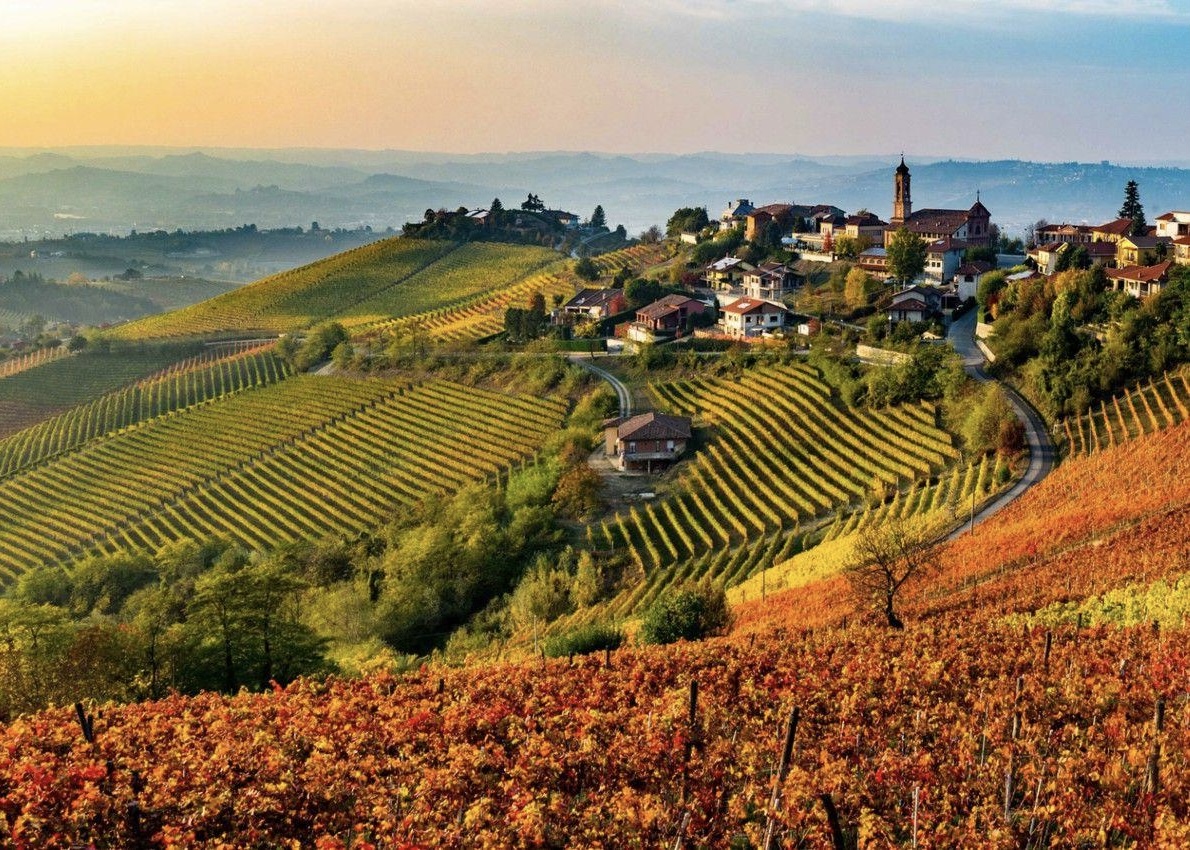
Midwestern Europe
A region known for its great food and wine, rich Christian history, proud tradition of rebellion against tyranny and famous cities like Paris and Brussels.
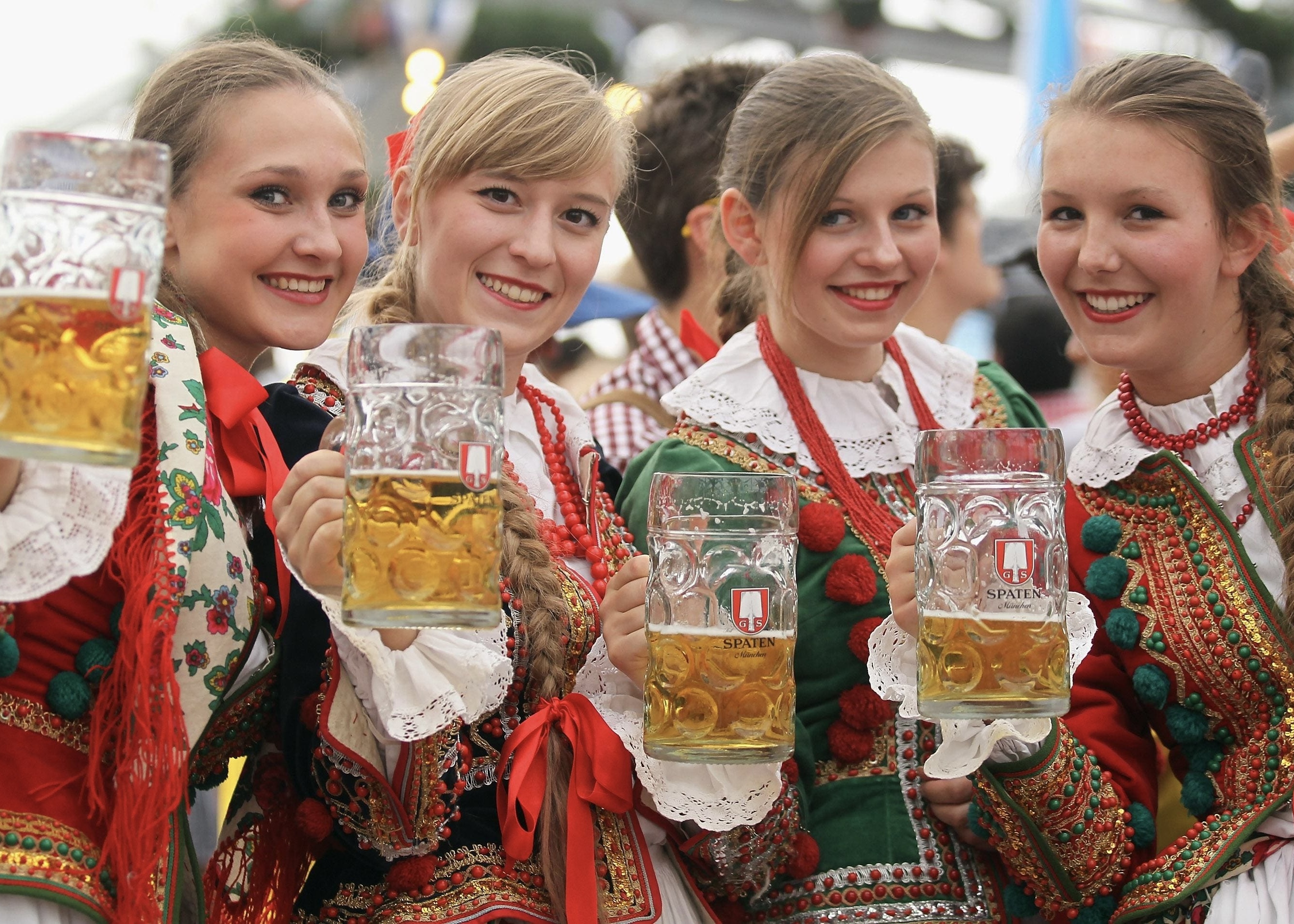
Midcentral Europe
A region known for the Alps, foods like bratwurst, schnitzel and Dutch cheese; predominantly Christian traditions, historic cities like Vienna, Berlin and Amsterdam, and great beer.
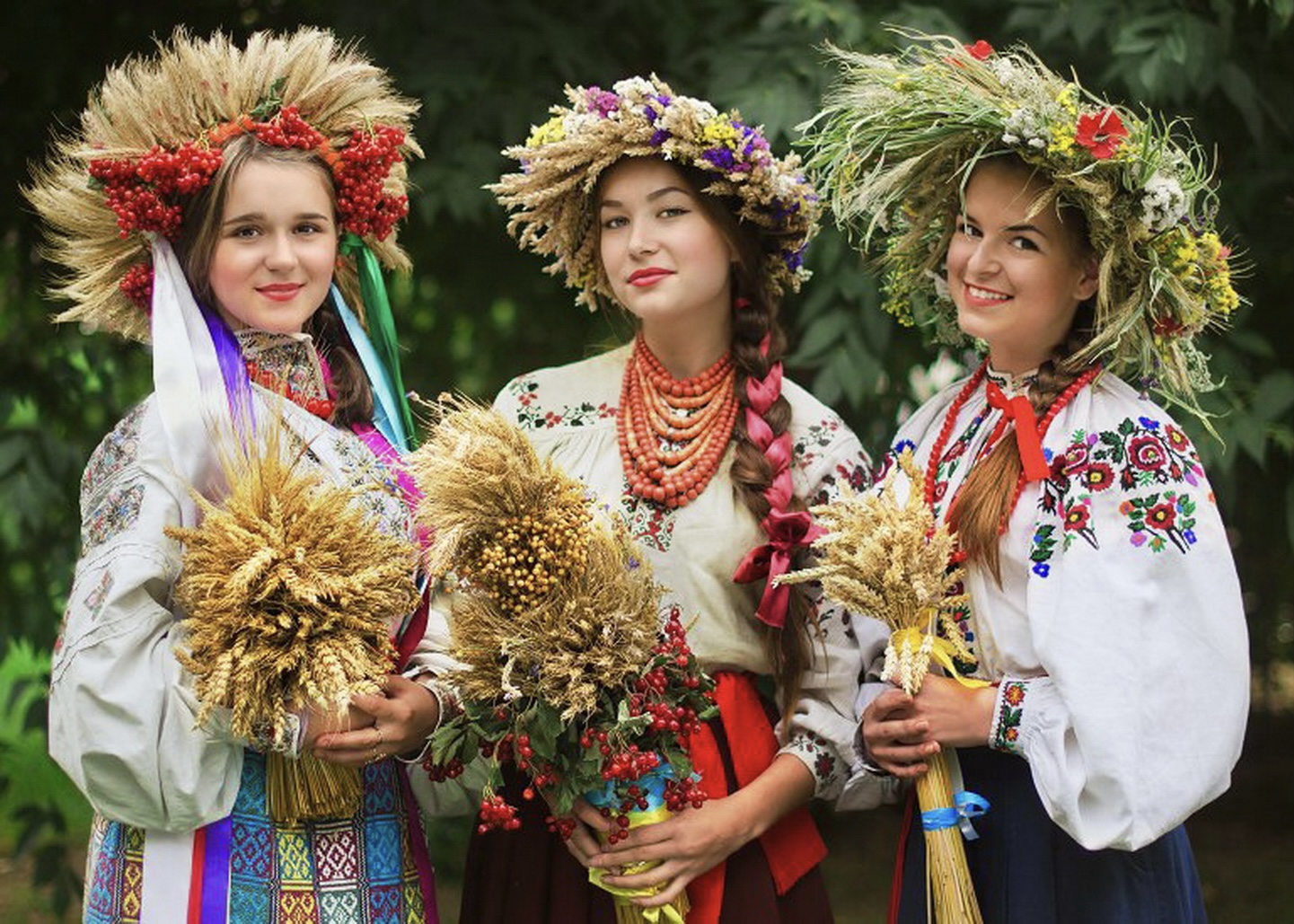
Mideastern Europe
A formerly Communist region characterized by its golden plains, Catholic and Orthodox Christian traditions, historic cities like Warsaw and Minsk and landmarks like the Białowieża Forest.

Southwestern Europe
A region known for its Mediterranean coastlines, warm climate and people, a cuisine rich in olive oil, seafood and wine, Christian and Muslim history, beautiful cities like Lisbon and Barcelona, and landmarks like the Alhambra.
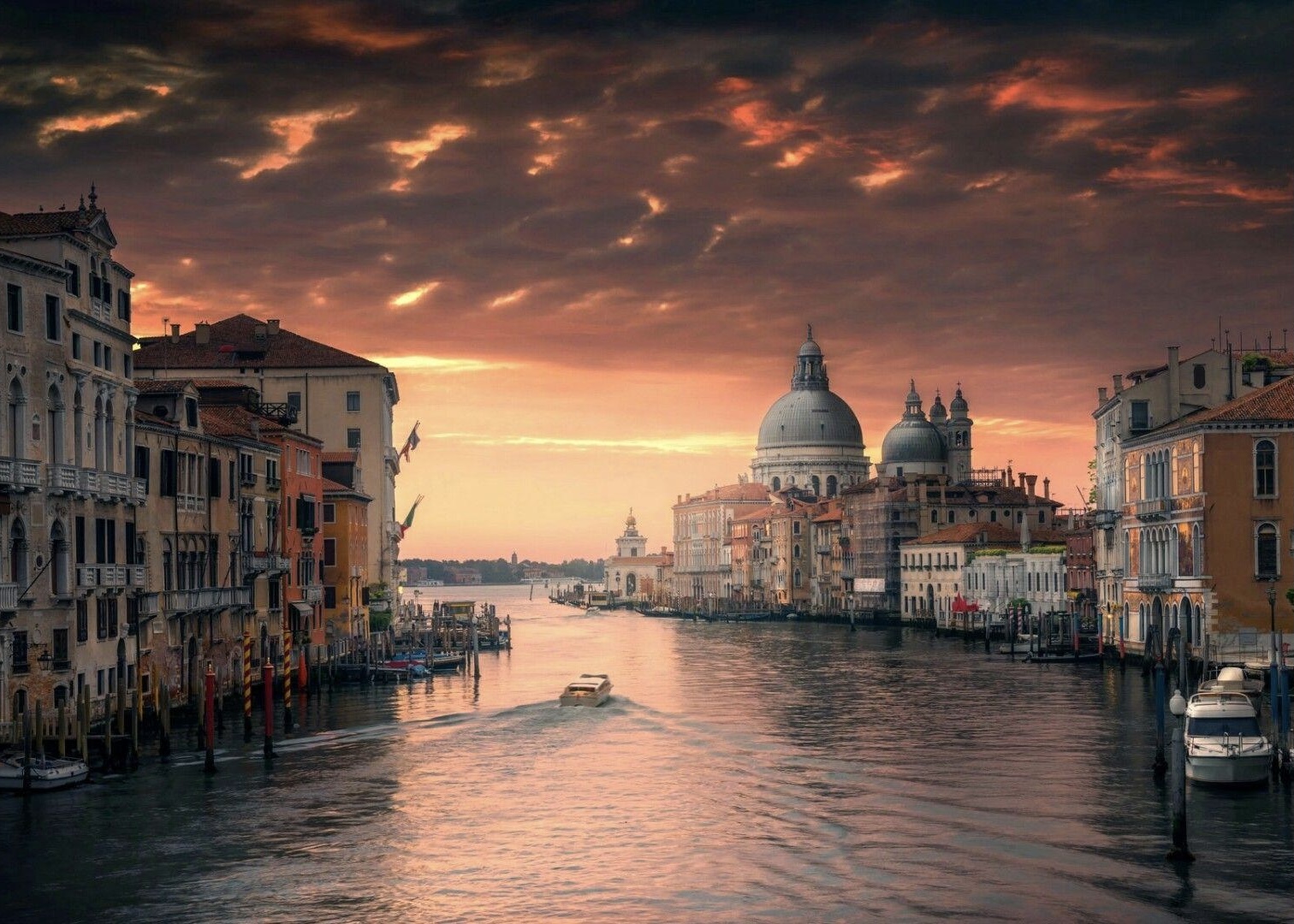
Southcentral Europe
A region known for its Mediterranean coastlines, warm climate and people, foods like pasta and pizza, Christianity and the Vatican, historic cities like Rome and Venice, and landmarks like the Colosseum.
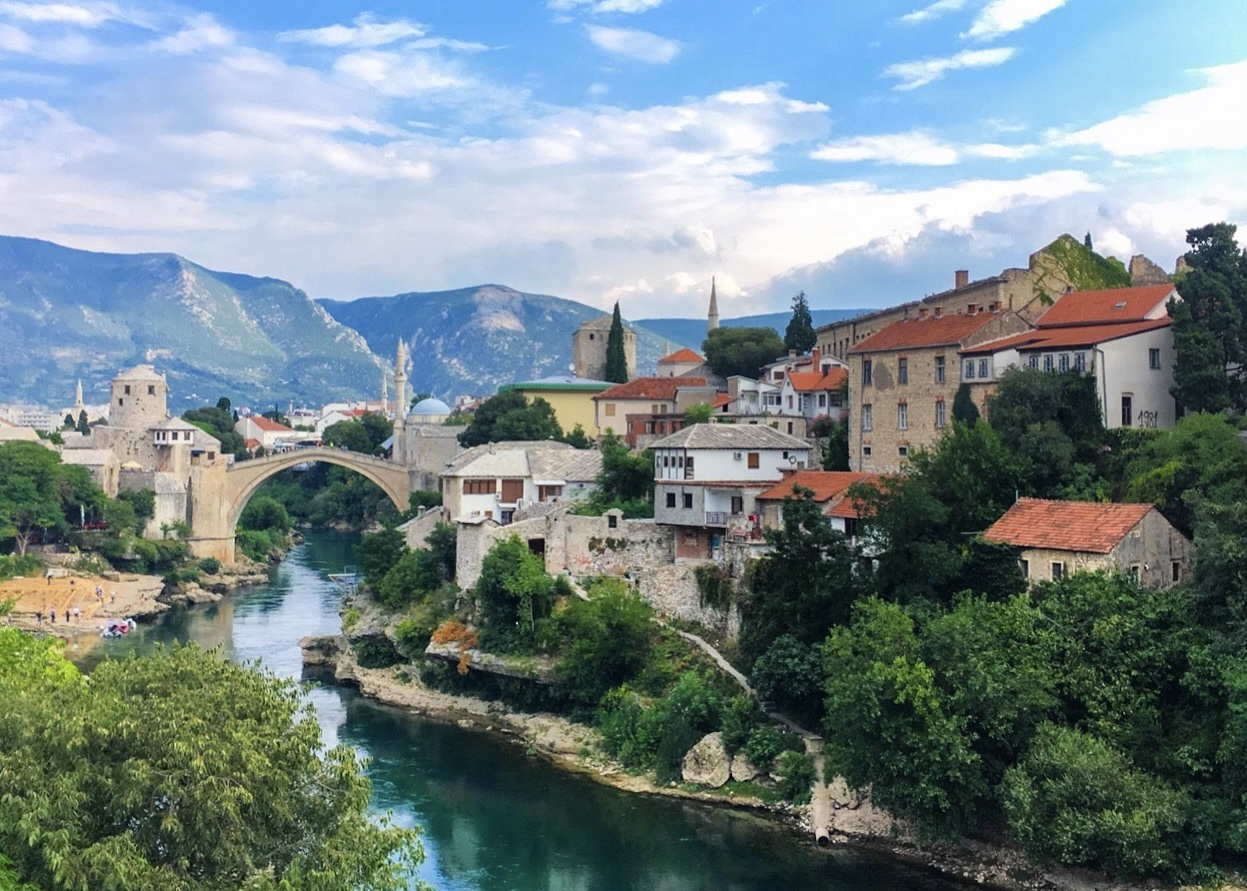
Southeastern Europe
A region known for rugged mountains and coastal plains, a cuisine blending Mediterranean and Eastern European flavors, Orthodox Christianity and Islamic influences, historic cities like Athens, Sarajevo, and Belgrade and the Plitvice Lakes National Park.
North America
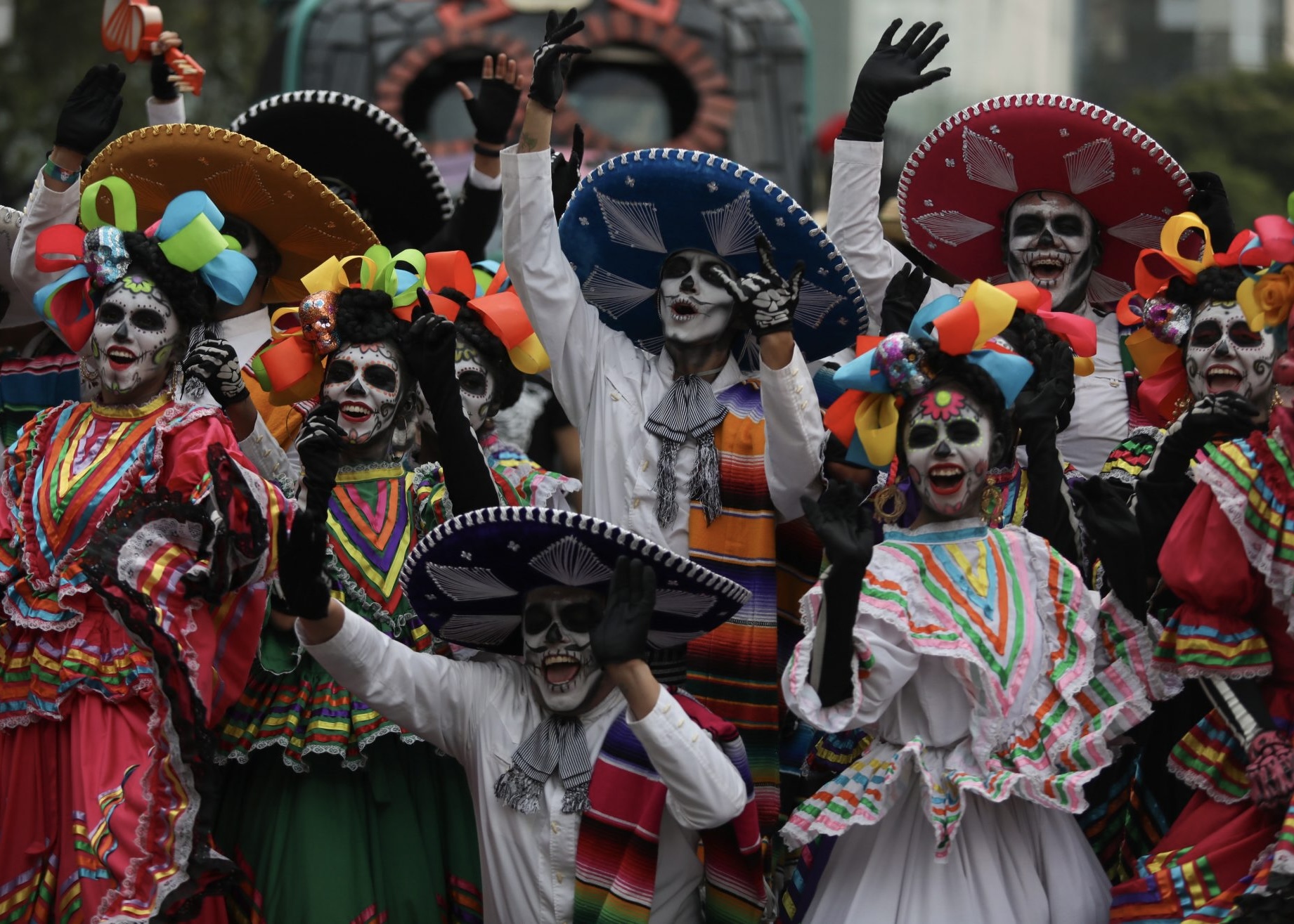
Central America
A region known for tropical rainforests and pristine beaches, a cuisine rich in corn, beans, and tropical fruits, ancient Mayan ruins and the Panama Canal.
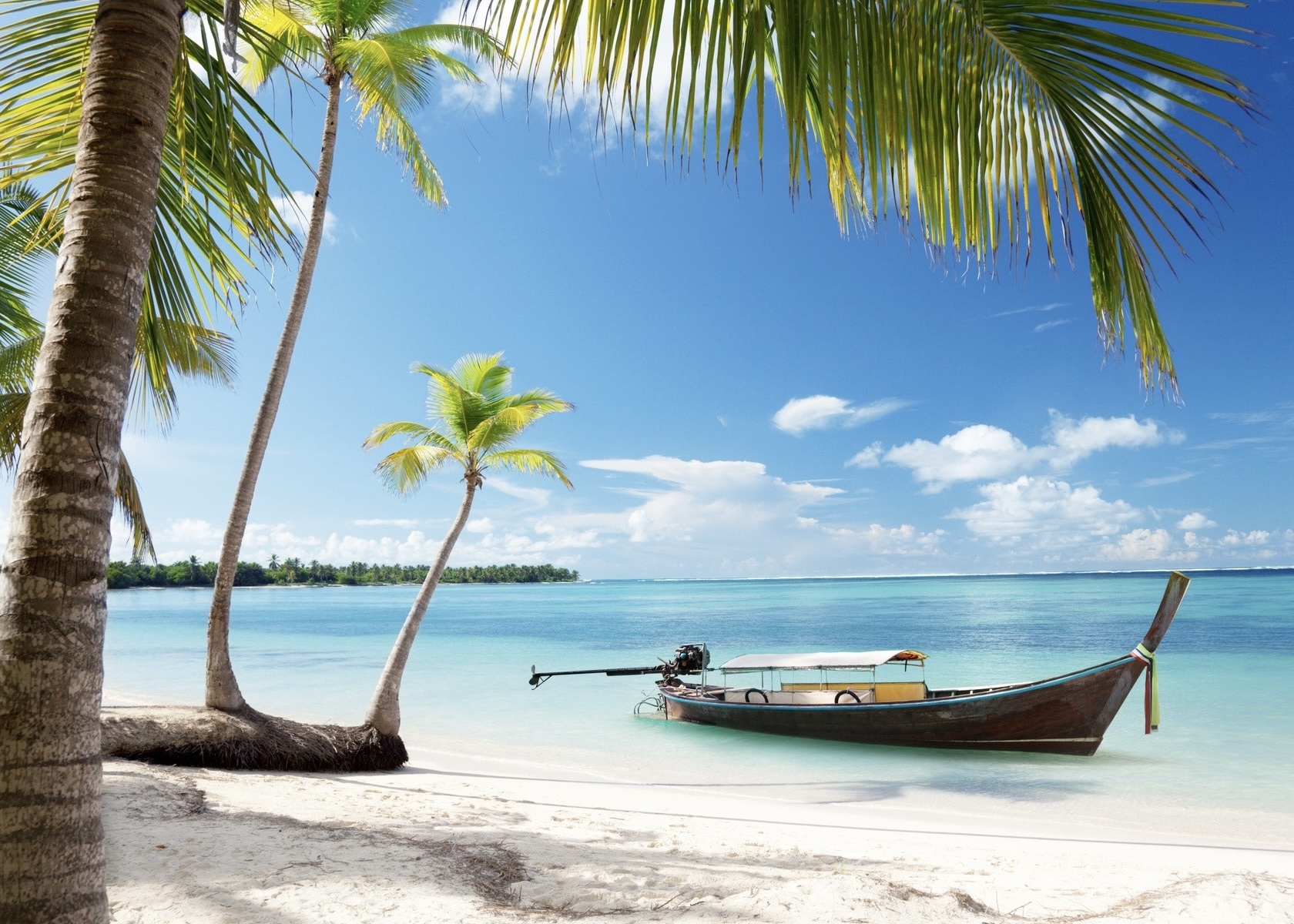
The Caribbean
A region known for its turquoise waters and white sandy beaches, seafood, pirate history, economic freedom, vibrant music, colorful festivals and landmarks like the Pitons in Saint Lucia.
Oceania
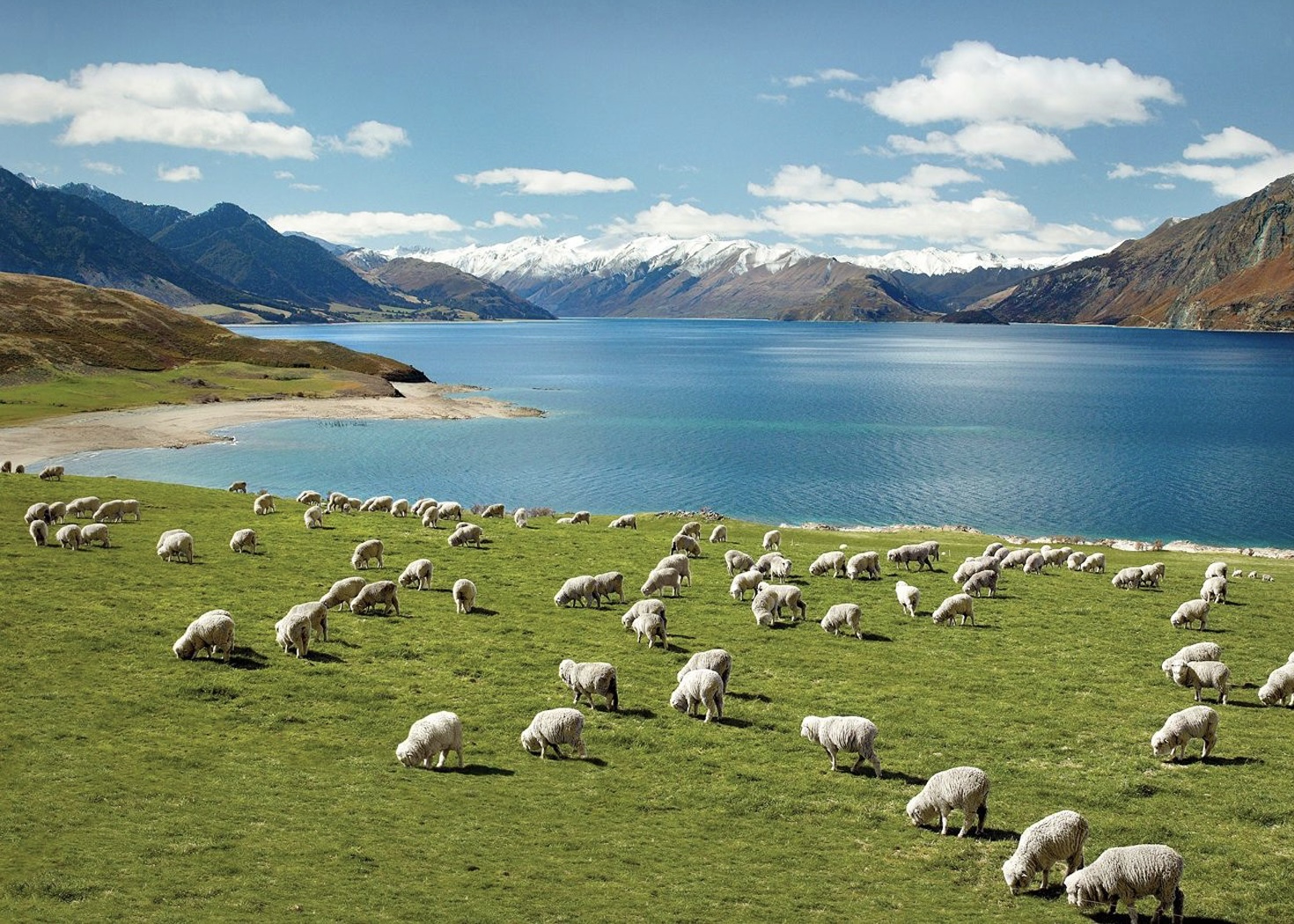
Australasia
A region known for the Outback and lush rainforests, food that blends Asian, European, and Indigenous influences, a mix of religions including Christianity and indigenous beliefs, and iconic landmarks like the Sydney Opera House.
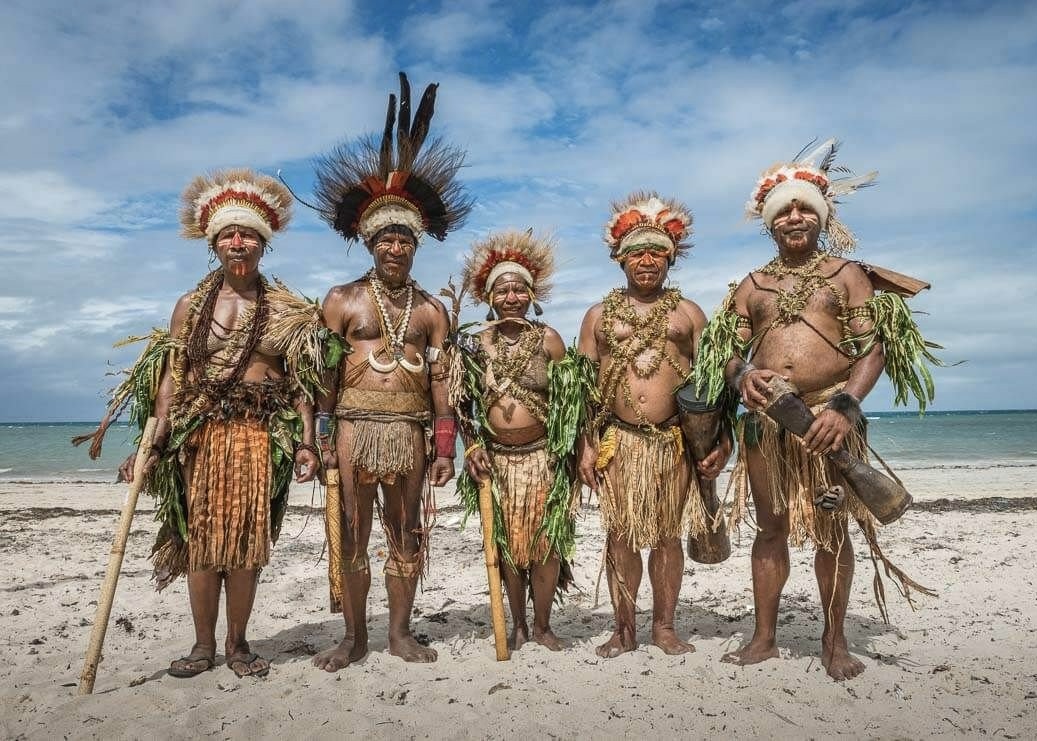
Melanesia
A region known for lush rainforests and volcanic islands, a cuisine centered around root vegetables and seafood, indigenous traditions, and landmarks like the Kokoda Track in Papua New Guinea.
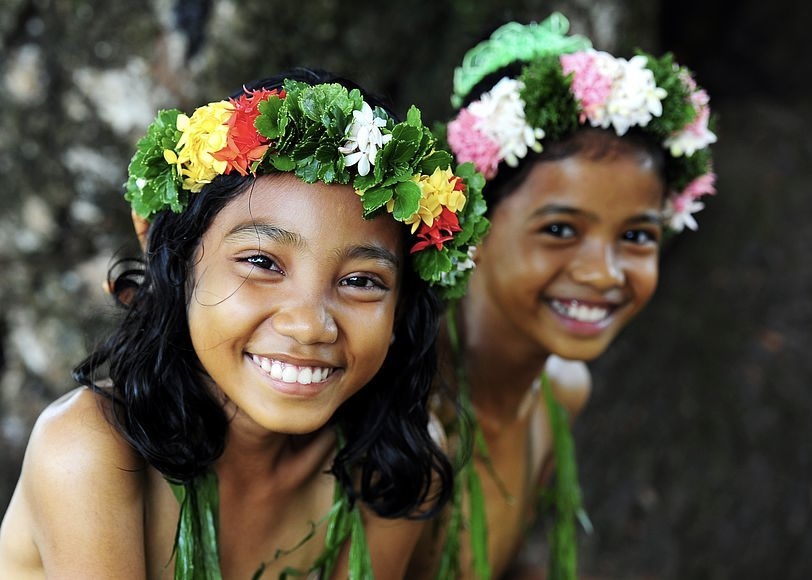
Micronesia
A region spread across thousands of small islands in the Pacific ocean, and known for a cuisine based on seafood and tropical fruits, indigenous beliefs, pristine beaches, coral reefs, and festivals.
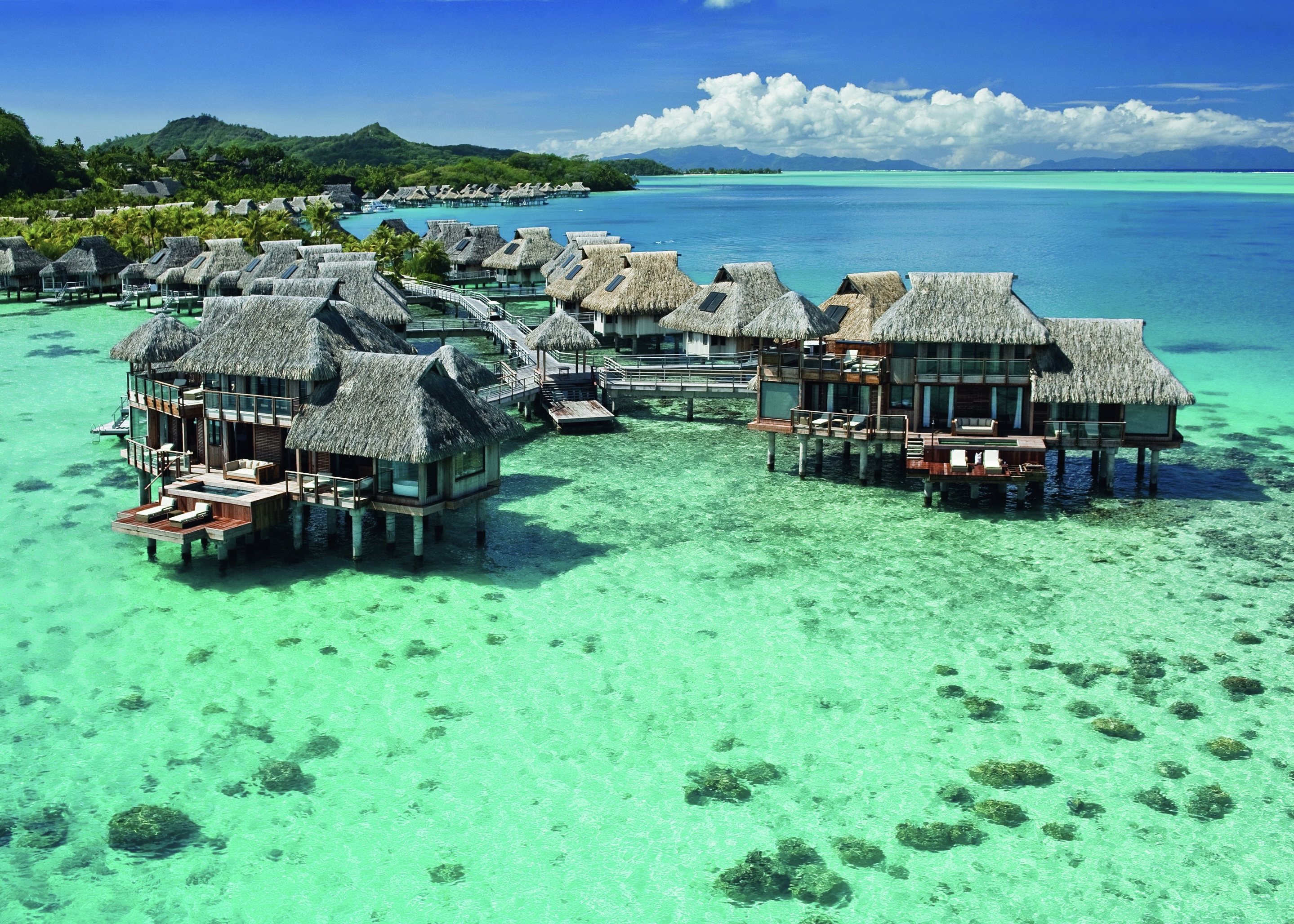
Polynesia
A region known for its turquoise waters and palm-fringed beaches, a cuisine featuring fresh seafood and tropical fruits, indigenous beliefs, a heritage of dance and art, and landmarks like Bora Bora and Mauna Kea.
South America
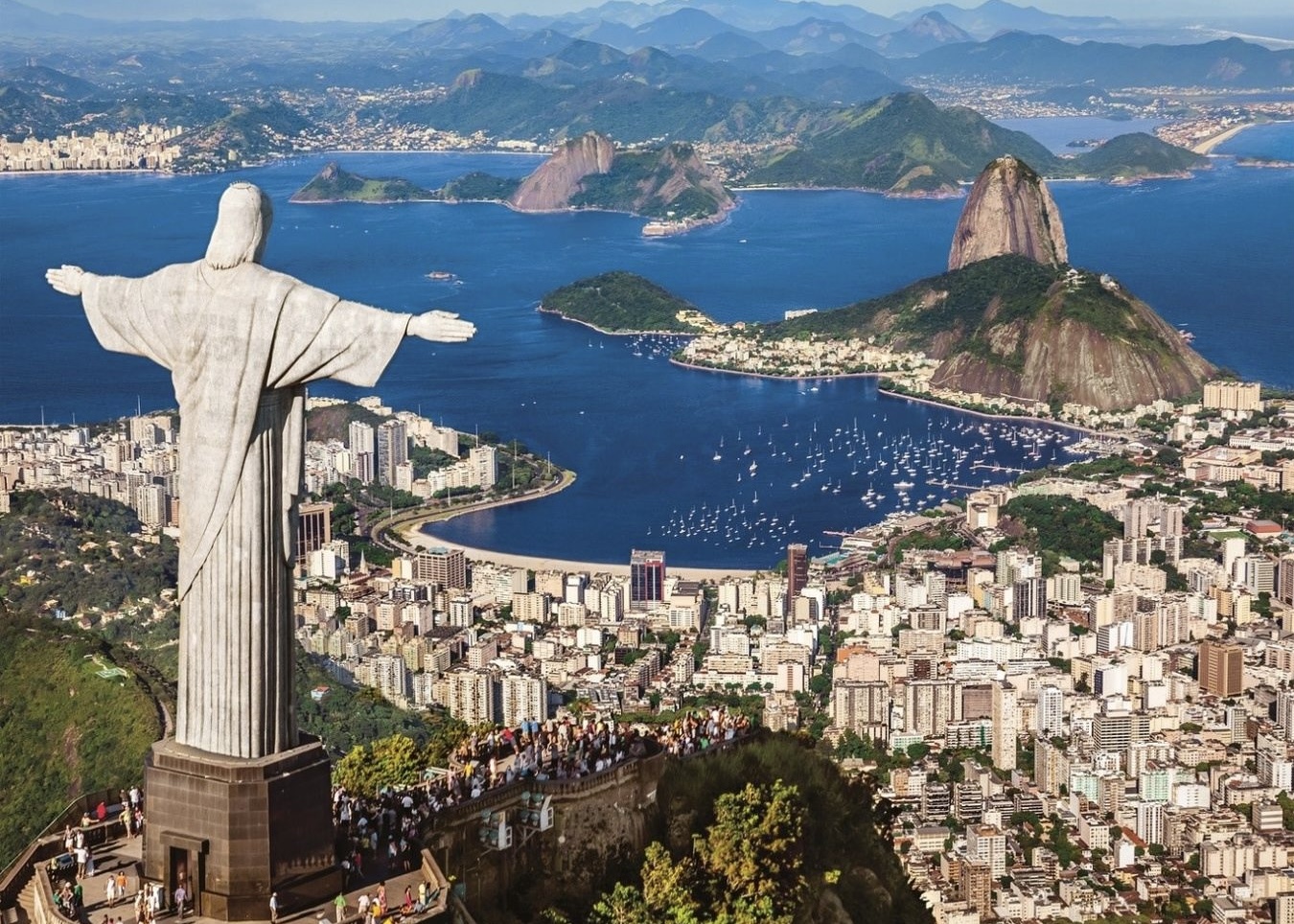
Eastern South America
A region known for the Amazon rainforest, Andes mountains, a cuisine rich in beef, rice, and beans, Christianity, football, landmarks like Christ the Redeemer in Brazil and Iguazu Falls.
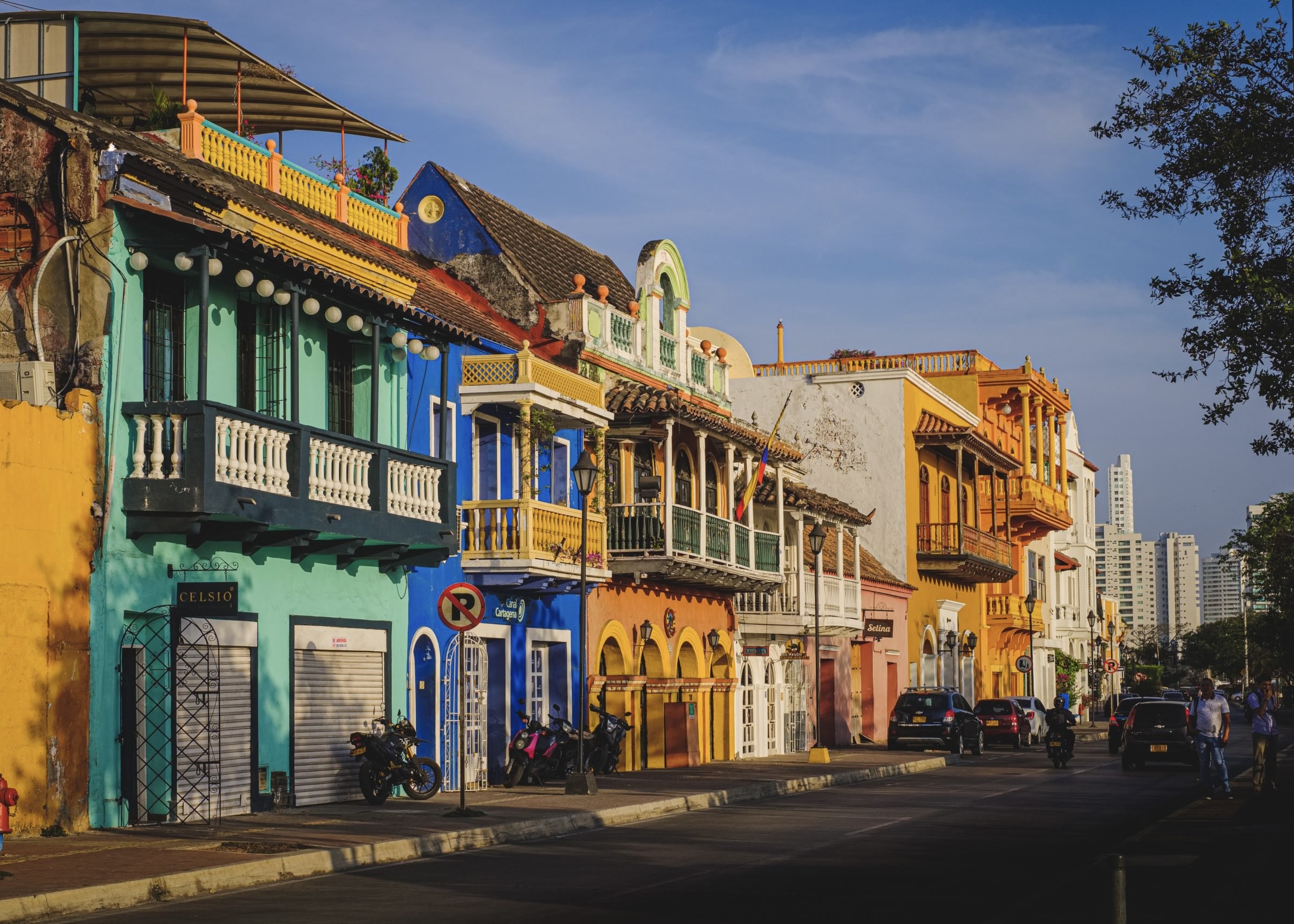
Northern South America
A region known for lush rainforests and Caribbean coastlines, a cuisine blending indigenous, African, and Spanish flavors, Christianity, cocaine, and landmarks like Angel Falls in Venezuela and the Lost City in Colombia.
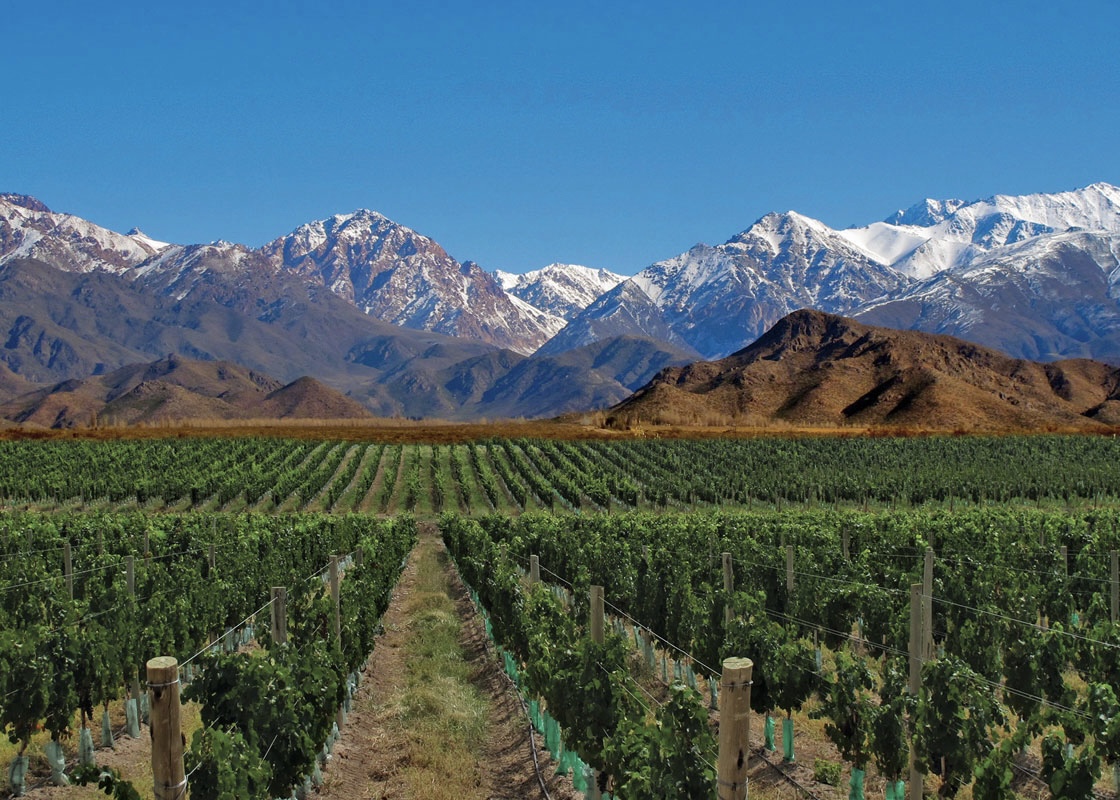
Southern South America
A region known for dramatic landscapes from Patagonia to the Atacama Desert, a cuisine centered around beef, seafood, and wine, mostly Christian traditions, football, and landmarks like Torres del Paine and Machu Picchu.
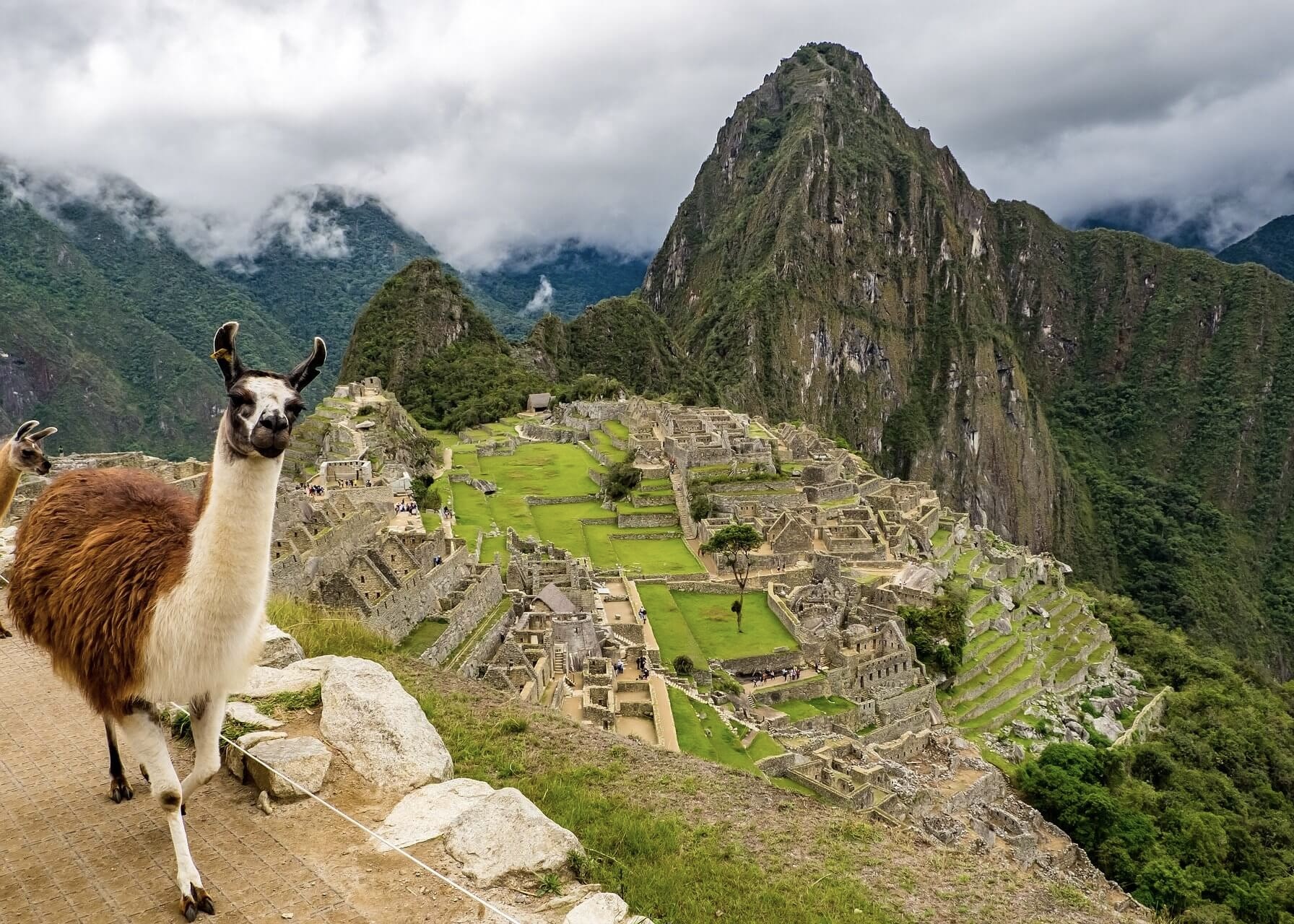
Western South America
A region known for its Andean peaks and Pacific coastlines, a cuisine rich in seafood, potatoes, and corn, Christian and indigenous beliefs, and landmarks like Lake Titicaca and the Nazca Lines.




































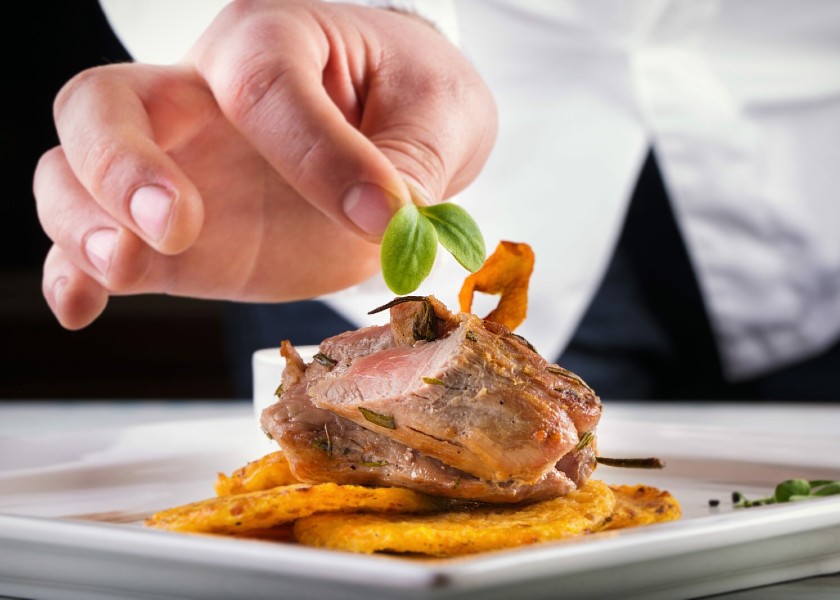











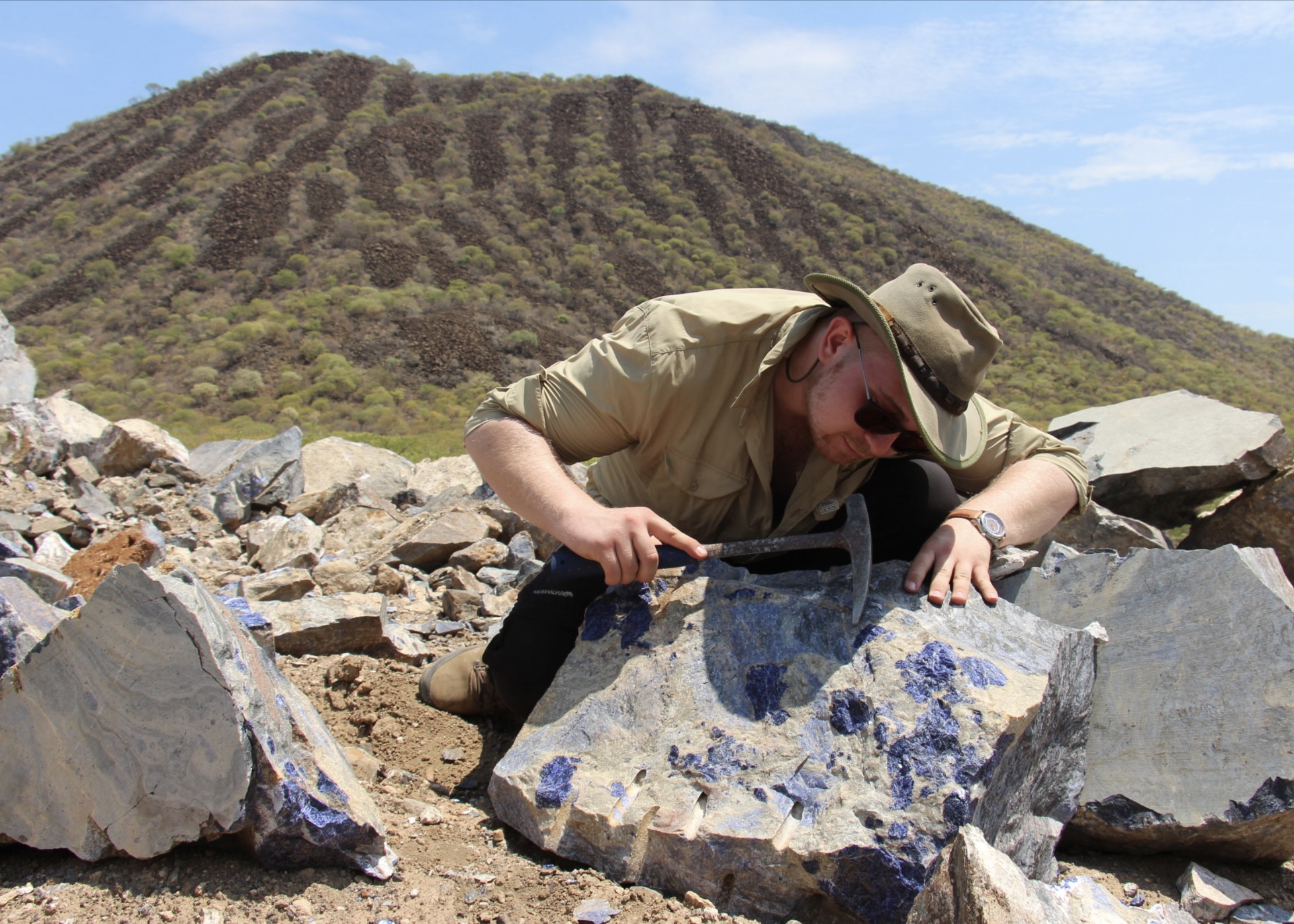








Finance
Geography
History
Law & Politics
Linguistics
Psychology